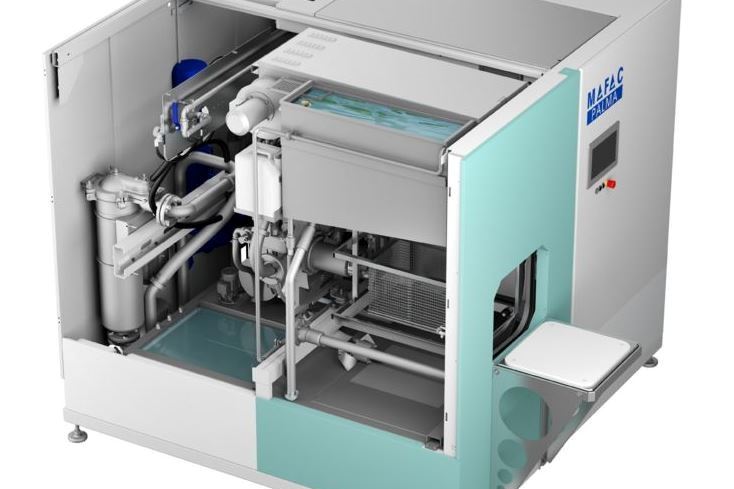Hardcoat Anodizing Controls
Question: We operate a hardcoat anodize tank and we are having trouble getting thicker coatings of 2.0 mils, or slightly greater, without running the loads for more than an hour.
Question:
We operate a hardcoat anodize tank and we are having trouble getting thicker coatings of 2.0 mils, or slightly greater, without running the loads for more than an hour. Even when we do this, the coating thickness results are inconsistent. We operate the bath at 25°F. When the parts are put in the tank we ramp up the voltage to what we call "starting voltage" and then let the parts run until a certain maximum voltage is reached. We've learned what the maximum voltages are for various parts that we run. Fairly recently, we raised the concentration of sulfuric in the bath to about 350 g/liter in an effort to achieve thicker coatings more easily. It helped, but we are still getting inconsistent results and anodizing too long. How can we get this situation under control? P. S.
Answer:
The preferred method for anodizing parts to be hardcoated is to run by current density, not by voltage as you are doing now. If a known amount of current is passed through the parts under controlled conditions of chemistry and temperature, the time to anodize to the desired anodic coating thickness can be calculated very closely. Once this is done, you can bring your sulfuric concentration back into line and you can even raise the temperature of the bath if you wish. All these steps will save you money and give you better results than you are getting now. What a deal! It sounds like magic, but it's not.
Featured Content
Briefly, here's how you do it:
To anodize by current density the surface area of the parts being anodized and the rack that they are attached to must be known. If there is no computer generated drawing that is capable of calculating the surface area of the parts, then the parts can be physically measured and the surface area to be anodized can usually be estimated pretty closely. Also, do this for the rack. Keep these figures in a job file for use of future jobs. Now that the surface area of the load is known, you must decide at what current density to anodize. In general, hardcoat is anodized within a range of 24-40asf. A "typical" load of 6061, 6063 or 7075 alloy parts would anodize well at 36 asf. You know the square footage, you can do the math.
Now that the amperage for the load is known you can figure out how long to anodize the load to achieve the desired coating thickness by using the "Rule of 720" which says:
|
Minutes to Anodize =
|
mils of coating desired x 720
|
|
|
|
|
Amps per square foot
|
Minutes mils of coating desired × 720 to anodize Amps per square foot
Bring the electrolyte concentration to within the range of 165-220 g/liter. Keep the dissolved aluminum concentration in the 5-12 g/liter range. Raise the temperature of the bath to between 40-50°F. Now you will be able to get approximately 1.0 mil coating per 20 min. Use an organic additive in the bath and cut the anodizing time even further.
RELATED CONTENT
-
Cleaning, Pretreatment to Meet Medical Specs ISO 13485 or FDA 21 CFR820
Maximilian Kessler from SurTec explains new practices for industrial parts cleaning, metal pretreatment and decorative electroplating in the medical device industry.
-
Test Methods For Evaluating Anodized Aluminum
Benefits of anodizing include durability, color stability, ease of maintenance, aesthetics, cost of initial finish and the fact that it is a safe and healthy process. Maximizing these benefits to produce a high–performance aluminum finish can be accomplished by incorporating test procedures in the manufacturing process.
-
How to Apply the 720 Rule to Current Density Anodizing
What can you tell me about the 720 Rule as it applies to current density anodizing? Plating expert Sjon Westre, Ph.D., from Chemeon, answers this question.



















